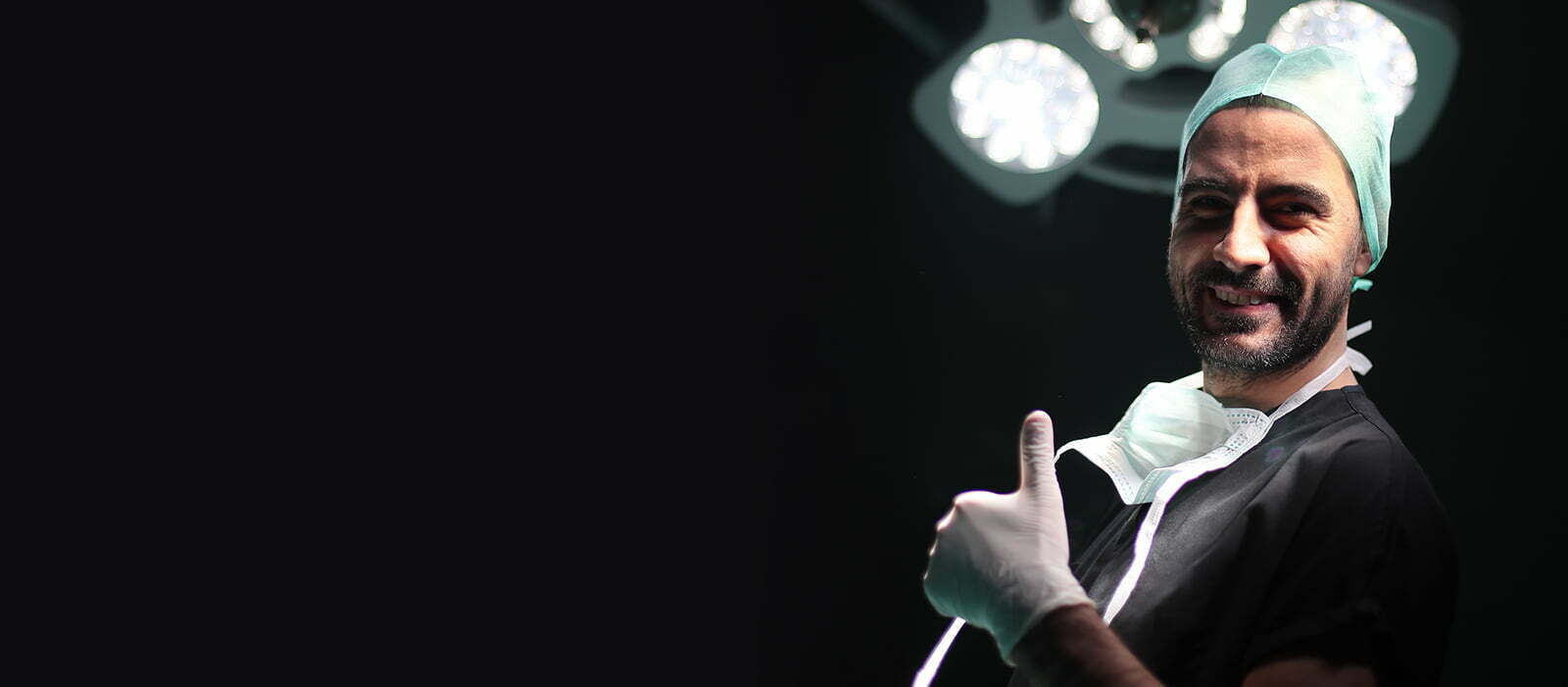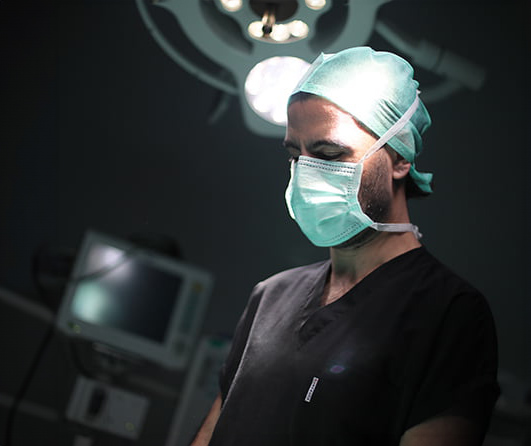
Gastric Sleeve Surgery
Gastric sleeve surgery is the most common surgical method used in patients suffering obesity. In this method, your stomach is shaped like a banana from a shape of a football. If we need to give an average percentage, about 80% of your stomach is removed in this surgery. Another name for gastric sleeve surgery in society is gastric reduction surgery. With a reduction in the volume of the stomach, you will achieve a feeling of saturation with a smaller, but sufficient amount of nutrients. In addition, especially with the removal of the section we give the name of the fundus in this surgery, cure and improvement is seen in obesity-related diseases like type 2 diabetes, hypertension and hypercholesterolemia. In order for these operations to be performed in a short time and with high safety, high-tech materials are used.
The most important of these is the material that we call stapler. At the stage of bringing the stomach into the shape of a tube, stapler creates a great time saving due to its features. Today, many products have been introduced to the market. Our recommendation to our patients is to make sure that high quality materials are used in their surgeries. Gastric sleeve surgery is performed by surgeons in many different techniques. In our daily practice, we use the staple line reinforcement (SLR) technique, which is the safest of these techniques. Thanks to this technique, we have minimized the undesirable conditions (complications) after the gastric sleeve surgery.
What is the SLR Technique?
As with every surgical technique, gastric sleeve surgery has continued to develop since the period when it was first applied. In the early periods this surgery was performed by opening large cuts in the belly of the patient. With the help of technology, these operations began to be performed by the closed method (laparoscopy). This has been the most important development in the history of obesity surgery modalities. After this stage, the technique of the operation continued to develop. In the ongoing process, ways to minimize the leakage and bleeding complications that are most common among the undesirable conditions after gastric sleeve surgeries have been sought. Therefore, the SLR (staple line reinforcement) technique has been introduced. After the success of this technique in terms of reducing complications has been determined, it has become recommended. The process of gastric sleeve surgery is a fairly comfortable process, contrary to what was expected. It is composed as 3 successive chapters.
The first of these, the preoperative assessment, is carried out more thoroughly than almost all other general surgical operations. Obesity patients are evaluated in many organ systems in the preoperative period. Although obesity patients look good externally, there may be many problems in their body that can be detected in examinations and tests. The most important of these are the respiratory system, cardiovascular system, digestive system, hormonal system, metabolic system and psychological state. Patients undergo a broad assessment of all these systems. Blood samples of patients are taken, a chest X-ray is performed. Chest film, if necessary, a respiratory function test is performed. After the test results patients are consulted to relevant doctors. After receiving the advices and recommendations of these doctors, the stage of evaluation of the patients’ stomach is started. At this stage, endoscopy is performed to investigate whether there is an obstacle to the operation. It is controversial whether endoscopy should be performed on patients before surgery. We recommend endoscopy to all our patients in our daily practice. If an abnormal condition is detected, the surgery strategy can be changed, or if another disease is detected, priority can be given to the treatment of this disease.
If no obstacles are detected during endoscopy, patients are taken to surgery. The surgical process begins when patients are taken to the operating theater wearing pressure socks and an operating gown. After the anesthesia team makes sure that the patient is put to sleep properly and that his position is given properly, they invite the surgical team to close to the patient. After the surgical team has made the appropriate preparations, the operation begins by making the first incision. Although the duration of the operation may vary, the operations performed with the SLR technique last about 45 minutes. In the SLR technique, there is no need to use drains in the routine. After the incisions are closed, the patients are comfortably awakened and taken to their beds, and the postoperative process begins.
At this stage, although it varies between patients, there may be a moderate feeling of cramping and nausea, and these complaints are reduced with the help of medications within hours. Patients complete their sleep without problems on the first night. In the early morning after the day of surgery, patients are given a test called a leak test. Since there are very few leaks with the SLR technique today, we use this test to observe the passage of oral fluid into the stomach tube and into the small intestine. After the transition is detected and it is seen that there is no leakage, patients are allowed to drink clear liquids such as water, apple juice and pineapple juice. At this point, patients note a high rate of reduction in all their complaints. In most patients, we don’t need to use painkillers and nausea medications anymore. After we host the patients in the hospital for another 1 or 2 nights, we discharge the patients by giving nutrition education. The postoperative process does not end at this stage. Due to the complexity of the obesity disease and the method of its treatment, patients are kept under control for a long period of time. This control is carried out by the surgeon, dietitian, psychologist and the relevant medical support team if necessary. Patients are checked in the first, third, sixth and twelfth months in routine.

